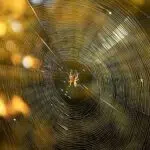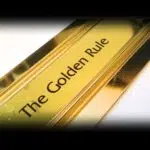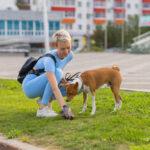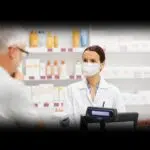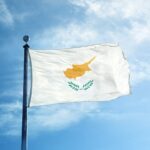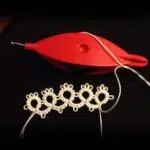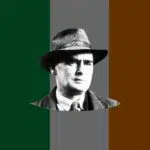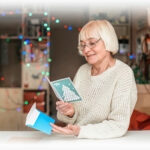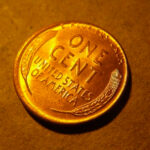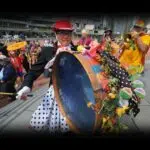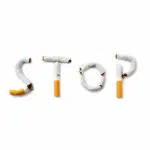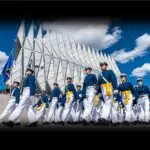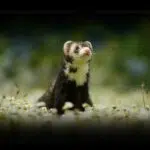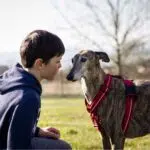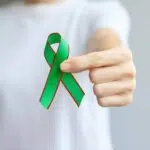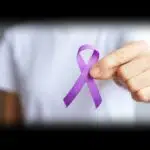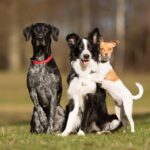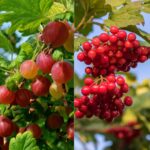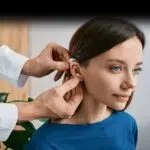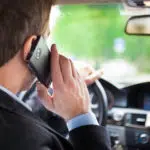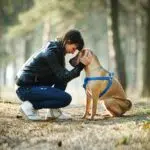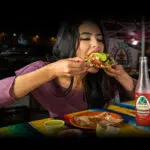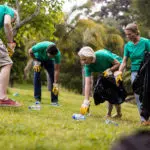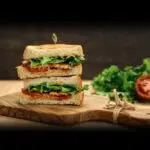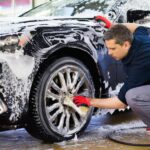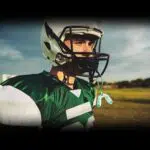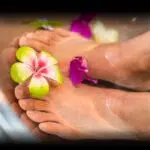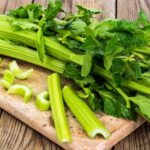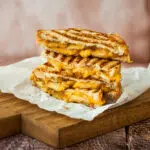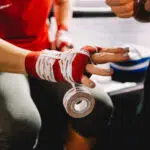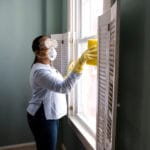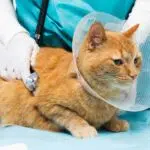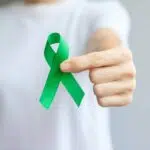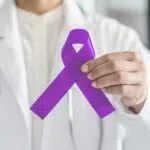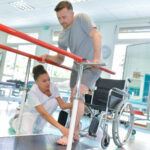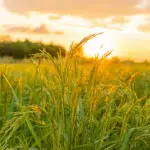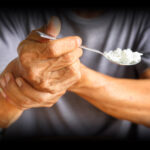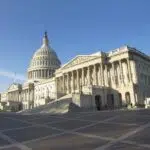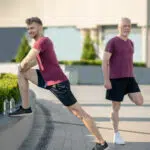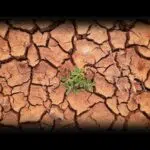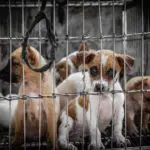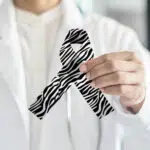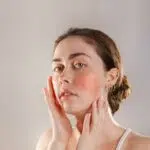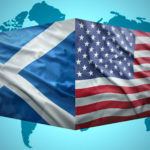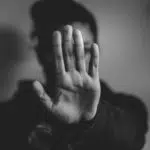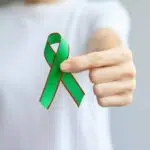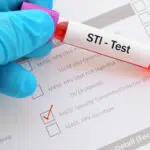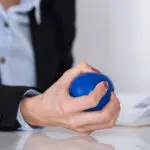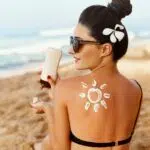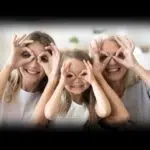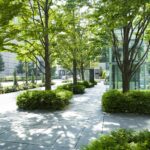SunSmart Skin Cancer Prevention Month is observed every April in Australia. This program is dedicated to reducing skin cancer incidence, morbidity, and mortality through an early detection program and targeted prevention. The program uses a combination of grassroots tactics, advocacy to influence attitudes, mass media campaigns, and knowledge of sun protection. Programs operate in each state and in Australia by respective Cancer Councils, all under common principles. We observe this day to spread awareness about this cancer that is easily preventable and that is mostly brought on by extensive exposure to the sun’s harmful U.V. rays.
History of SunSmart Skin Cancer Prevention
In the 1960s, sun protection activities were first introduced when the Anti-Cancer Council of Victoria identified the risks of overexposure to ultraviolet (U.V.) radiation. In 1980, Cancer Council Victoria set out a campaign to raise awareness of the dangers of UV. As part of this campaign, the iconic slogan — ‘Slip! Slop! Slap!’ was launched featuring Sid the Seagull. The success of this campaign led to an expansion of different activities, such as the establishment of the Centre for Behavioural and Epidemiological Research in 1986.
In 1988 when Cancer Council Victoria received funding from the Victorian Health Promotion Foundation, the SunSmart program was officially launched. Cancer Council Victoria has been designated since 2004 as a World Health Organization (WHO) Collaborative Centre for Ultraviolet Radiation. Clare Oliver bravely told her ‘No tan is worth dying for’ story in 2007. The campaign was crucial in the fight to make commercial solariums illegal. The iconic Slip! Slop! Slap! was expanded in 2008 to include Seek! and Slide! in recognition of the need for five forms of sun protection. The SunSmart app was launched in 2010 in partnership with the Australia Radiation Protection and Nuclear Safety Agency (ARPANSA) and the Bureau of Meteorology (BOM). This helped make sun protection a lot more accessible through the use of UV alerts.
One of the greatest achievements for SunSmart and Cancer Councils across Australia was the 2015 banning of commercial solariums. These are tanning units where those who want to ‘brown’ themselves have their skins exposed to ultraviolet (U.V.) radiation to achieve this. The victory came after a decade-long campaign against the presence of these tanning units.
SunSmart Skin Cancer Prevention timeline
Sun protection activities are first introduced when Cancer Council Victoria identifies the risks of U.V. overexposure.
Cancer Council Victoria sets out a campaign to warn against the dangers of ultraviolet (U.V.) radiation.
These activities include the establishment of the Centre for Behavioural and Epidemiological Research.
Commercial solarium operation is banned after a decade of SunSmart campaigning across Australia.
SunSmart Skin Cancer Prevention FAQs
What does skin cancer look like in the beginning?
Cancer cells appear as flat patches in the skin at first, often with a rough, scaly, reddish, or brown surface.
What causes skin cancer?
Mutations in skin cells render their growth out of control, producing cancer cells. U.V. exposure could be one of the reasons to cause such mutations.
Can skin cancer go away spontaneously?
It tends to grow slowly. It sometimes goes away on its own but may come back.
How to Observe SunSmart Skin Cancer Prevention
Protect others
Sharing information about the importance of skin cancer prevention could save somebody’s life.
Donate to a cancer organization
There are many organizations whose aim is to help people with skin cancer. Donate to help them raise funds.
Embrace sun protection
An example of a protection that a person can use is suncream. You can also use a hat to protect your face and head from the sunlight.
5 Facts About Skin Cancer
Use sun protection always
You should use suncream every day of your life even if it is not a sunny day.
Skin cancer is preventable
Protecting the skin is estimated to have prevented more than 43,000 skin cancers and 1,400 deaths from the disease.
The Solariums are banned
Victoria was one of the first states in Australia to legislate solariums and ban commercial solariums entirely.
Melanoma is prevalent in Australia
It was the fourth most common type of cancer diagnosed there and it is estimated that it will be the third most commonly diagnosed cancer.
U.V. is dangerous
Ultraviolet (U.V.) damage causes tanning, sunburn, eye damage, and premature aging.
Why SunSmart Skin Cancer Prevention is Important
Saving lives
This month could save someone from cancer with the information provided. What better cause could there be for one to stand for?
People with cancer
Not only skin cancer. Anyone who has cancer deserves our utmost unconditional support. This is a time when such people are given priority.
It provides an opportunity to provide care
It could be a chance for people to look after their skin with professionals in order to avoid future diseases. Your annual appointment with your doctor should not wait.
SunSmart Skin Cancer Prevention dates
| Year | Date | Day |
|---|---|---|
| 2026 | April 1 | Wednesday |
| 2027 | April 1 | Thursday |
| 2028 | April 1 | Saturday |
| 2029 | April 1 | Sunday |
| 2030 | April 1 | Monday |

